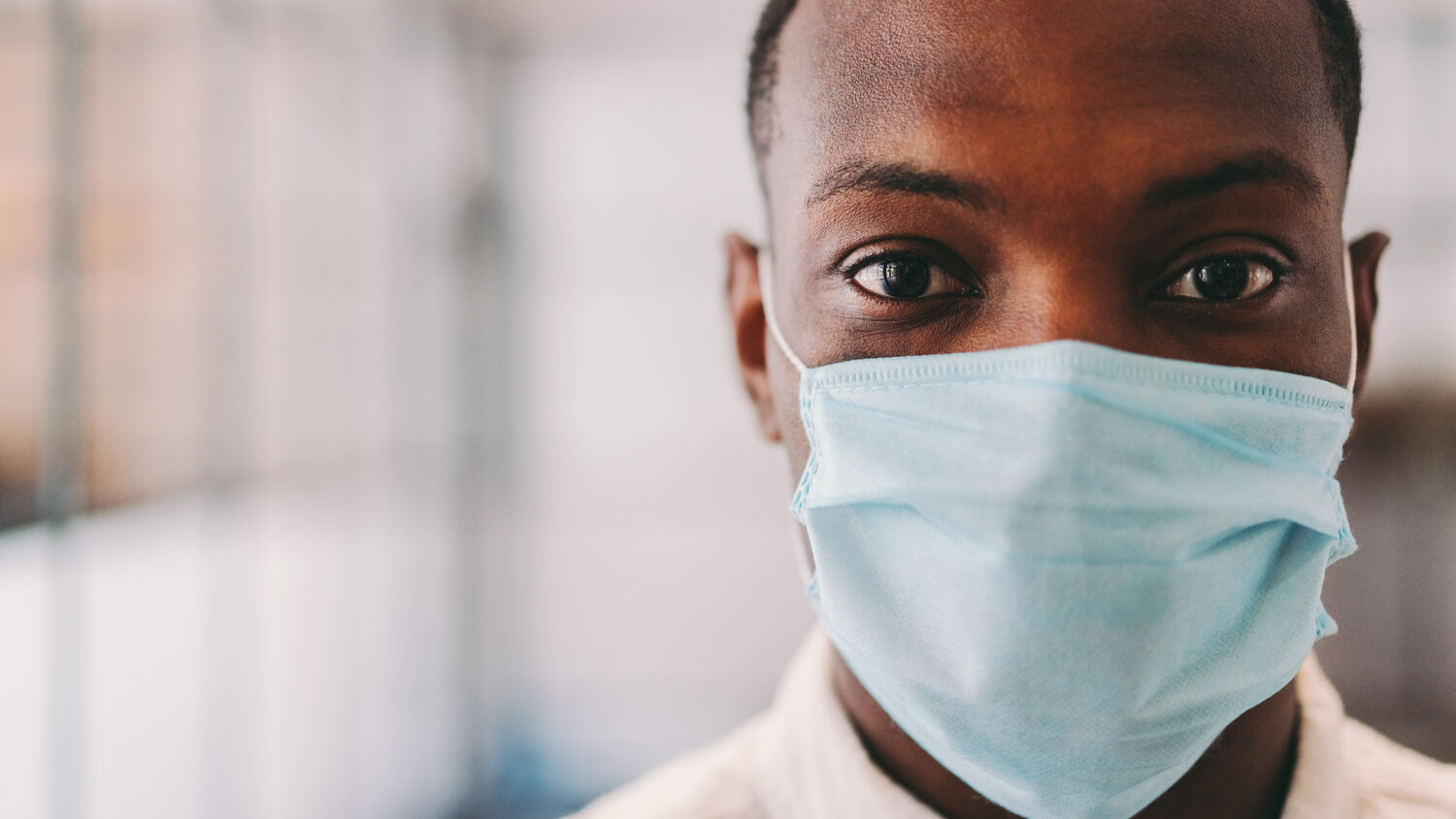
Health Dangers Behind the Mask
The mandates to wear face masks are starting to drop. This is welcomed news. Amid all the publicity over health concerns related to covid-19 and all the mandates by governments that healthy people wear face masks, the risks these masks pose to our health have been overlooked.
First, the masks are ineffective in protecting us against the coronavirus. Swedish epidemiologist Anders Tegnell warned that scientific evidence for mask-wearing to prevent covid-19 is “astonishingly weak.” Recent studies have failed to produce any new evidence countering decades of data that show face masks are ineffective.
Beyond that, many people feel ill wearing them, and are questioning if masks could harm their long-term health. You would think we could rely on the medical experts for a rational response. But one of the things this past year has taught us is, we can’t. People with other agendas besides good health are manipulating, confusing and deceiving us about this issue.
Michael Yeadon, formerly the chief science officer for Pfizer, made this bold and shocking statement: “Basically, everything your government has told you about this virus, everything you need to do to stay safe, is a lie ….”
Until now, a comprehensive investigation into adverse mask health effects has been lacking. That changed with an April 2021 study in the International Journal of Environmental Research and Public Health, showing disturbing symptoms of oxygen deprivation.
Outside air contains 20.93 percent oxygen and 0.03 percent carbon dioxide. But with a close-fitting mask—whether surgical, cloth or N95—trapped air remaining between the mask and face contains lower concentrations of oxygen and higher concentrations of carbon dioxide. This unbalanced mixture is then repeatedly re-breathed. One effect is the dilation of blood vessels in the brain. This is why so many mask wearers complain of short-term symptoms like dizziness, headaches, drowsiness, and increased heart and respiratory rates.
In 2020, medical research journalist Del Bigtree used a sensor to measure carbon dioxide levels within various masks. The N95 respirator measured at 8,486 parts per million (ppm), the surgical mask at 8,934 ppm, and a cloth mask 9,129 ppm.
A 2015 study by Harvard shows that high levels of carbon dioxide have strong effects, even when not concentrated by a mask. It found that breathing in as little as 945 ppm appears to lower cognitive ability by 15 percent—and 1,400 ppm lowers cognitive ability by 50 percent. Anything above 5,000 ppm is considered unsafe. So imagine what 8,000 to 9,000 ppm inside a mask does for you and your family’s quality of thinking and overall health.
People are not dropping dead from wearing masks, but these masks do have negative short-term effects. And in the medium and long term, these minor effects can develop into more serious health concerns and even diseases.
Long-term side effects include decreased immunity, increased blood pressure, inflammation, atherosclerosis, metabolic syndrome (diseases such as heart disease, strokes and cancer) and even brain damage. A low oxygen level to the brain is a major precursor to Alzheimer’s disease. And overall oxygen deprivation, in the long run, damages every organ.
Fresh air is also vital to your health because it strengthens your resistance to common and contagious ailments. This is a byproduct of hydroxyl radicals, highly reactive molecules of oxygen and hydrogen in air that are lethal to pathogenic viruses and bacteria (Clinical Microbiology Reviews).
That’s not the case in a mask, where the air is literally rancid. Each time you breathe out, you expel bacteria. Trapped within the warm, moist environment of a mask, these bacteria proliferate. Testing of used masks from train commuters revealed that more than half contained 100,000 bacterial colonies or more. A small percentage contained more than 1 million colonies, as well as molds, yeasts and fungi.
This trapping, re-breathing, and increasing pathogen load delivered to the lungs becomes dramatically more dangerous with opportunistic viruses, bacteria and fungi. By wearing face masks repeatedly, in a non-sterile fashion, the long-term vulnerability to disease increases in several ways.
First, when oral bacteria gain access to blood and deep tissues, they may cause pneumonia, abscesses in lung tissue, sepsis, meningitis and other serious issues, according to the Online Textbook of Bacteriology.
Second, a filthy bacterial environment is also problematic if you happen to catch coronavirus, as it weakens the immune system. According to the American Institute for Economic Research, most people who die from coronavirus do so primarily from some type of systemic bacterial infection.
Third, studies show that as bacteria gain access to deep tissues of the body, they can trigger Type-2 diabetes, hypertension, cardiovascular diseases, autoimmune disorders and affect brain health with neurological or psychiatric symptoms.
Besides all this, mask materials may be hazardous to us. Wearers of textile and non-woven surgical masks over long periods unwittingly breathe in carcinogens, allergens, tiny synthetic microfibers and nanoparticles from the mask manufacturing process. These substances, found especially in the blue, surgical-type masks, can also seriously harm the lungs. Bronchopulmonary diseases, such as asthma, alveolitis, chronic bronchitis, bronchiectasis, fibrosis, spontaneous pneumothorax and chronic pneumonia, could also result. With a mask, what you breathe through your mouth and nose is actually hazardous waste.
If you are required to wear a mask, make sure to wash it daily. And if you can get outside and breathe fresh air without a mask, do so as much as possible. Air is the great sanitizer and boosts your immunity to coronavirus and other much more common diseases, naturally. Add some sunlight, exercise and nutrition, and you have the best, God-given prevention available.
